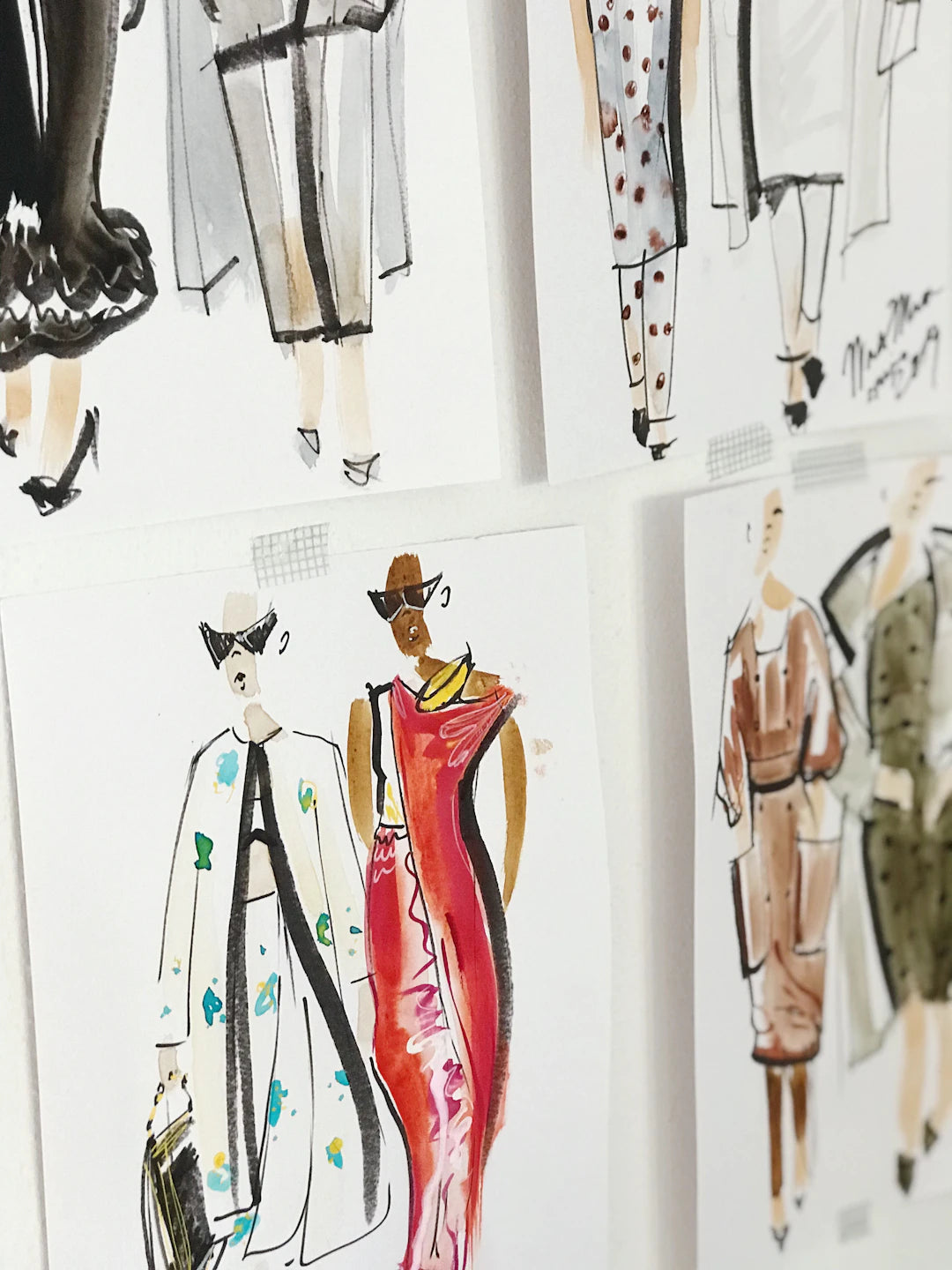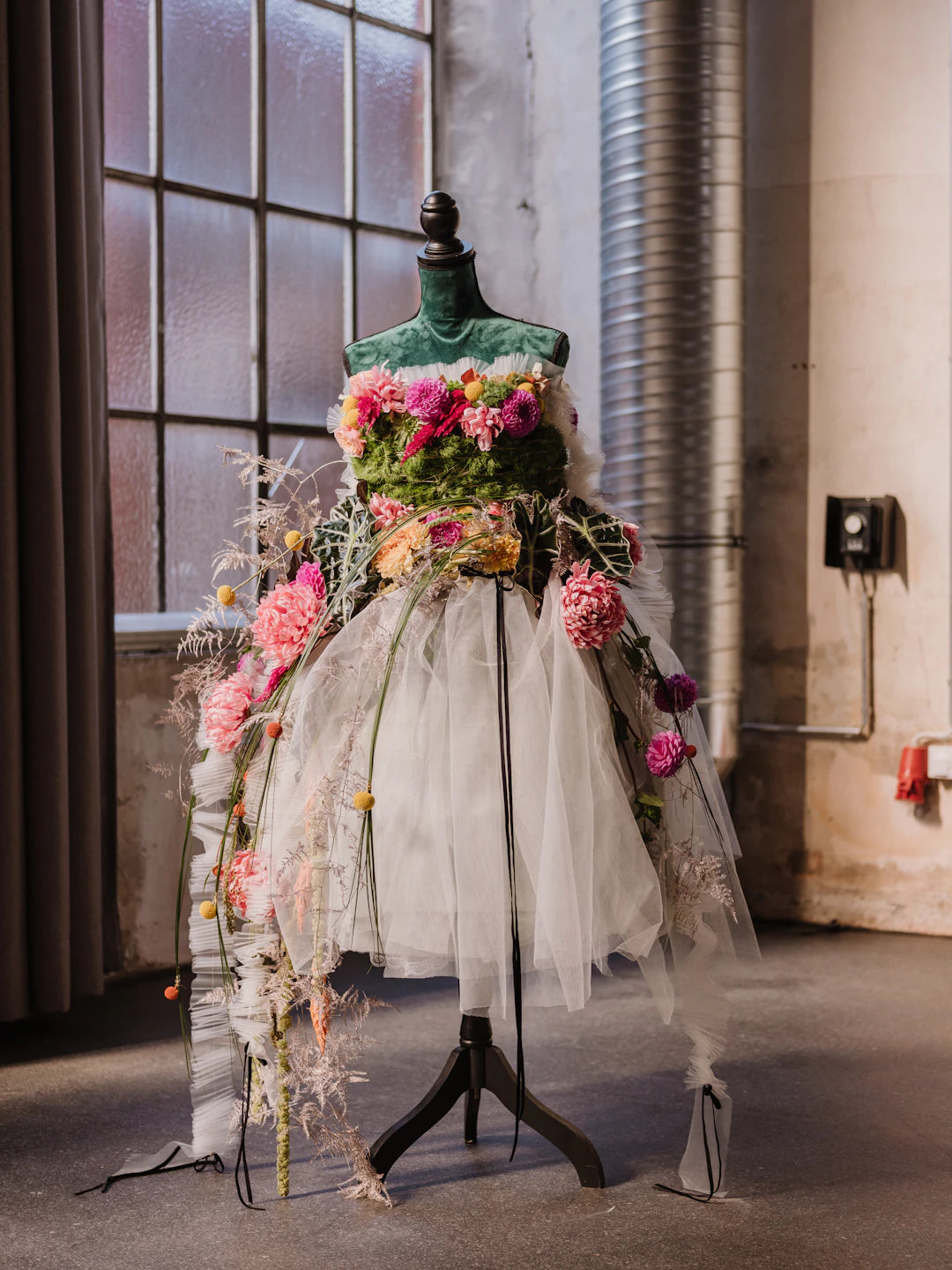As a fashion artist or design student, capturing the essence of fabrics and patterns accurately is crucial for conveying your creative vision. With the rise of digital art tools like Procreate, drawing realistic textiles has never been more accessible. In this blog post, we will explore essential techniques for drawing fabrics and patterns that will elevate your fashion sketches. We’ll dive into practical steps, tool recommendations, and tips to enhance your productivity and sketch quality. So, whether you’re aiming to create personalized makeup looks or stunning fashion illustrations, let’s get started!
Understanding Fabrics and Patterns
Before launching into sketching techniques, it's essential to understand the characteristics of different fabrics and patterns. Each fabric has its own unique texture, drape, and behavior, making it crucial to study them if you want to represent them accurately. Below are some common types of fabrics:
- Cotton: Soft, versatile, and easy to draw.
- Silk: Smooth and shiny, with delicate light reflections.
- Denim: Textured and often combines blue and white hues.
- Leather: Stiff with a glossy finish, often featuring stitching details.
- Knits: Stretchy fabric that requires attention to folds and movement.
Gathering Your Tools
To effectively create textile designs, you'll need to equip yourself with the right tools. The following are highly recommended for Procreate users:
- Stylus: A precision stylus enhances your drawing control.
- Brush Packs: Invest in custom brushes that mimic fabric textures, such as fabric or textile brushes.
- Procreate Features: Utilize features like layers, blending modes, and Alpha Lock to achieve intricate details.
Techniques for Drawing Fabrics
1. Observational Drawing
Before you start drawing fabrics in Procreate, it's beneficial to practice observational drawing. This involves sketching real fabric samples to understand their unique characteristics. Place different fabrics under good lighting and make quick sketches focusing on the texture and folds. This will improve your understanding of how to capture fabrics digitally.
2. Working with Textures
The texture is essential when it comes to fashion drawing techniques. Here’s how to capture various fabric textures in your artwork:
- Sketch Basic Shapes: Begin with the fundamental silhouette of the clothing item.
- Add Texture Layers: Apply different brushes to simulate the feel of fabric. For instance, a soft brush might work well for cotton, while a sharper brush can help define the texture of denim.
- Highlight and Shadow: Use lighter colors for highlights and darker shades for shadows to give depth.
3. Mastering Patterns
Patterns can take your drawings to the next level. Here’s a straightforward way to effectively draw complex patterns:
- Choose a Simple Base: Start with stripes or polka dots as your foundational pattern.
- Layering: Use layers in Procreate to create depth and complexity. Patterns like floral prints can build on the base layer.
- Using Textures: Integrate texture brushes that complement your pattern, such as a rough brush for knit patterns.
Creating Personalized Makeup Looks
Fashion drawing is not limited to clothing; it often extends to creating personalized makeup looks. Here’s how you can blend fashion and cosmetics in your sketches:
1. Researching Makeup Styles
Take time to research different makeup styles that suit your fashion sketches. This provides a context that enhances the aesthetic appeal of your designs.
2. Sketching Makeup on Faces
When rendering makeup looks, consider these tips:
- Layering Colors: Use multiple layers for different makeup components – one for foundation, another for eyeshadow, etc.
- Detailing: Pay attention to small elements like eyeliner and lipstick texture to create a realistic finish.
- Expression: Capture facial expressions that highlight your makeup looks, as they can convey more about the character of your piece.
Improving Sketch Quality and Productivity
Maintaining a high quality of your sketches and working efficiently in Procreate can make a significant difference. Here are some tried-and-true tips:
1. Customize Your Workspace
Setting up your Procreate workspace to suit your workflow is essential. Organize your favorite brushes and palettes, allowing for quicker access to tools, which can save time and boost productivity.
2. Set Goals and Break Projects Down
Having specific goals for each sketch can streamline your work. Break down your projects into tasks. For example, rather than focusing solely on finishing an entire outfit, set short tasks such as sketching one piece or one pattern at a time.
3. Regular Practice
Just like any form of art, regular practice allows you to develop your own style and technique. Create a daily sketching habit, aim to complete a few designs a week, and review your progress periodically.
Real Use Case: Fashion Collection Sketch
Let’s say you’re creating a mini-collection of outfits for an upcoming season. Here’s a real-world approach to implementing the techniques you've learned:
- Conceptualize Themes: Choose a theme such as "Winter Elegance" and brainstorm fabrics that suit the vibe.
- Sketching Drafts: Begin drafting your designs utilizing the observational drawing methods discussed earlier.
- Layer Fabrics and Patterns: Apply your fabric techniques while incorporating patterns that resonate with your theme.
- Personalized Makeup Integration: Don’t forget to envision and sketch complementary makeup looks for each outfit to complete the collection.
Getting Inspired and Staying Motivated
As a creative individual, finding inspiration is key to keeping your motivation up. Follow these strategies to stay inspired:
- Explore Fashion History: Fashion history can introduce you to iconic patterns and techniques that you may adapt into your work.
- Engage with Other Artists: Join online communities or social media groups where you can share your art, gain feedback, and discover new techniques.
- Experiment with Style: Don’t be afraid to step outside your comfort zone. Play with unconventional patterns or color combinations to broaden your artistic capabilities.
By utilizing these techniques, engaging in regular practice, and nurturing your creativity, you’ll find yourself confidently drawing fabrics and patterns in your Procreate designs. Keep pushing the boundaries of your artistry, embracing both fashion drawing techniques and personalized makeup, as you set forth on this exciting creative journey. Remember, every sketch is a step closer to mastering your craft!
Visit one of our fellow Shopify or Wix users' stores by clicking this store link. Please note that this is a promotional link, and we are not responsible for the content of the linked store.





Leave a comment
This site is protected by hCaptcha and the hCaptcha Privacy Policy and Terms of Service apply.